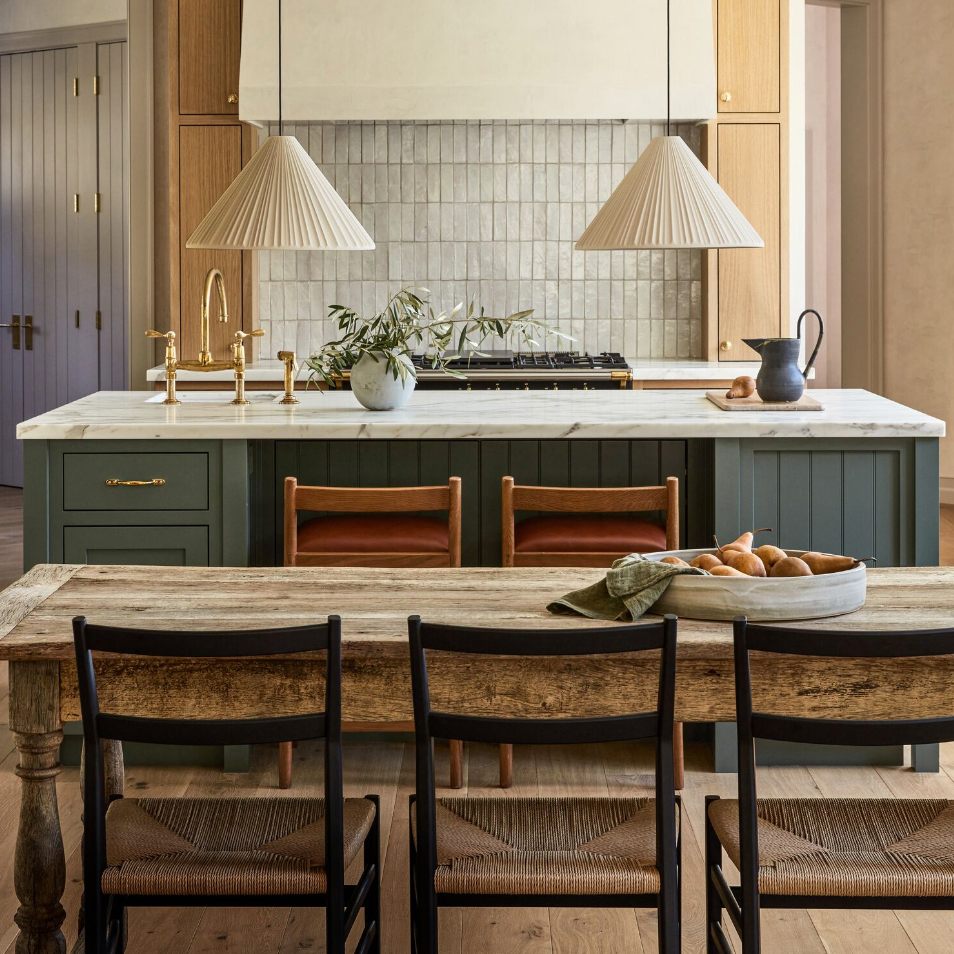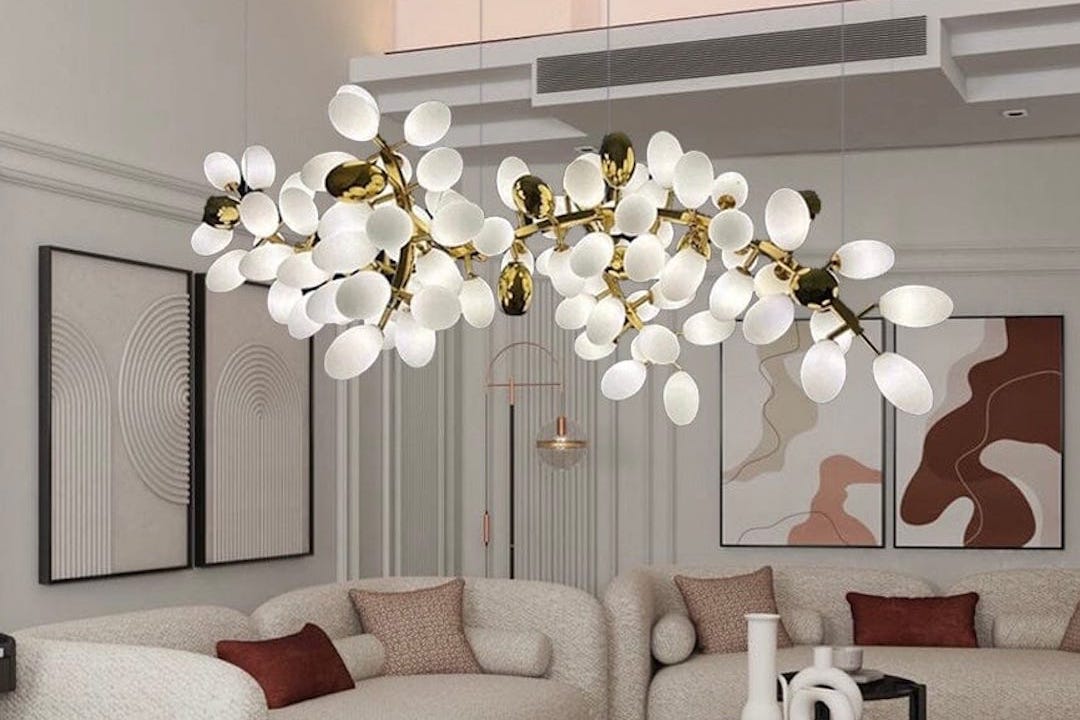Introduction
The false ceiling has become a popular design element in modern interiors. Also known as a dropped or suspended ceiling, it is an additional layer of material that is installed below the actual ceiling of a room. False ceiling designs come in various styles, patterns, materials, and colors, and they offer a plethora of benefits, ranging from enhancing aesthetics, improving functionality, concealing unsightly elements, and improving energy efficiency. In this article, we’ll explore the creative potential of false ceiling designs and how you can use them to revamp your space.
Types of False Ceiling Designs
False ceiling designs can be classified into different types based on their material, function, and style. Here are some of the most common types:
Gypsum Board False Ceiling
Gypsum board false ceiling is one of the most popular types of false ceilings, thanks to its ease of installation, affordability, and versatility. Gypsum board or drywall is a lightweight, fire-resistant, and moisture-resistant material that can be easily cut and shaped into various forms, such as squares, rectangles, circles, and waves. It can be painted, textured, or covered with wallpaper, fabric, or laminates, to create a seamless and elegant look. Gypsum board false ceilings are suitable for almost any room, including living rooms, bedrooms, kitchens, and bathrooms.
Metal False Ceiling
Metal false ceilings are commonly used in commercial and industrial buildings, such as offices, airports, and hospitals, due to their durability, functionality, and aesthetic appeal. Metal false ceilings can be made from different metals, such as aluminum, steel, copper, and brass, and they can be perforated, embossed, or patterned to create a unique and contemporary style. Metal false ceilings can also be integrated with lighting fixtures, air conditioning vents, and sprinklers, to optimize space usage.
Wooden False Ceiling
Wooden false ceilings are ideal for creating a warm and cozy atmosphere in residential spaces, such as living rooms, dining rooms, and bedrooms. Wooden false ceilings offer natural beauty, texture, and acoustic insulation, and they can be customized according to the shape, size, and color of the room. Wooden false ceilings can be made from different types of wood, such as teak, oak, pine, and mahogany, and they can be stained, polished, or painted, to match the décor.
Benefits of False Ceiling Designs
False ceiling designs offer several benefits that go beyond aesthetics. Here are some of the key benefits:
Noise Reduction
False ceiling designs can absorb and reduce noise levels, especially in open-plan spaces or rooms with high ceilings. This can create a more comfortable and peaceful environment, especially for those who live or work in noisy neighborhoods.
Heat Insulation
False ceiling designs can improve energy efficiency by trapping heat in winter and repelling heat in summer, thus reducing heating and cooling costs. This is particularly useful in tropical or arid climates, where temperature fluctuations are common.
Concealment of Wires, Pipes, and Ducts
False ceiling designs can hide unsightly wires, pipes, and ducts that run along the ceiling, thus improving the overall appearance and cleanliness of the room. False ceilings can also simplify maintenance and repair work, as they provide easy access to the hidden installations.
Design Flexibility
False ceiling designs offer endless possibilities for creativity and innovation, as they can be shaped, textured, colored, and illuminated in numerous ways. False ceilings can be used to highlight specific areas, such as a seating arrangement, a dining table, or a work station, or create a focal point, such as a chandelier, a mural, or a skylight.
Factors to Consider when Choosing False Ceiling Designs
Choosing the right false ceiling design depends on several factors, such as the purpose of the room, the size of the room, the height of the ceiling, the existing décor, and the budget. Here are some tips to help you make an informed decision:
Functionality
Before selecting a false ceiling design, consider the functional requirements of the room, such as the level of lighting, ventilation, and temperature control. Choose a design that can optimize the functionality of the space without compromising on aesthetics.
Style
Choose a false ceiling design that matches the overall style and theme of the room. For instance, if you have a modern and minimalist living room, a simple and sleek gypsum board false ceiling might be more appropriate than an ornate and elaborate wooden false ceiling.
Budget
False ceiling designs can range from affordable to expensive, depending on the materials, complexity, and customization. Determine your budget beforehand, and choose a design that meets your requirements without exceeding your budget.




